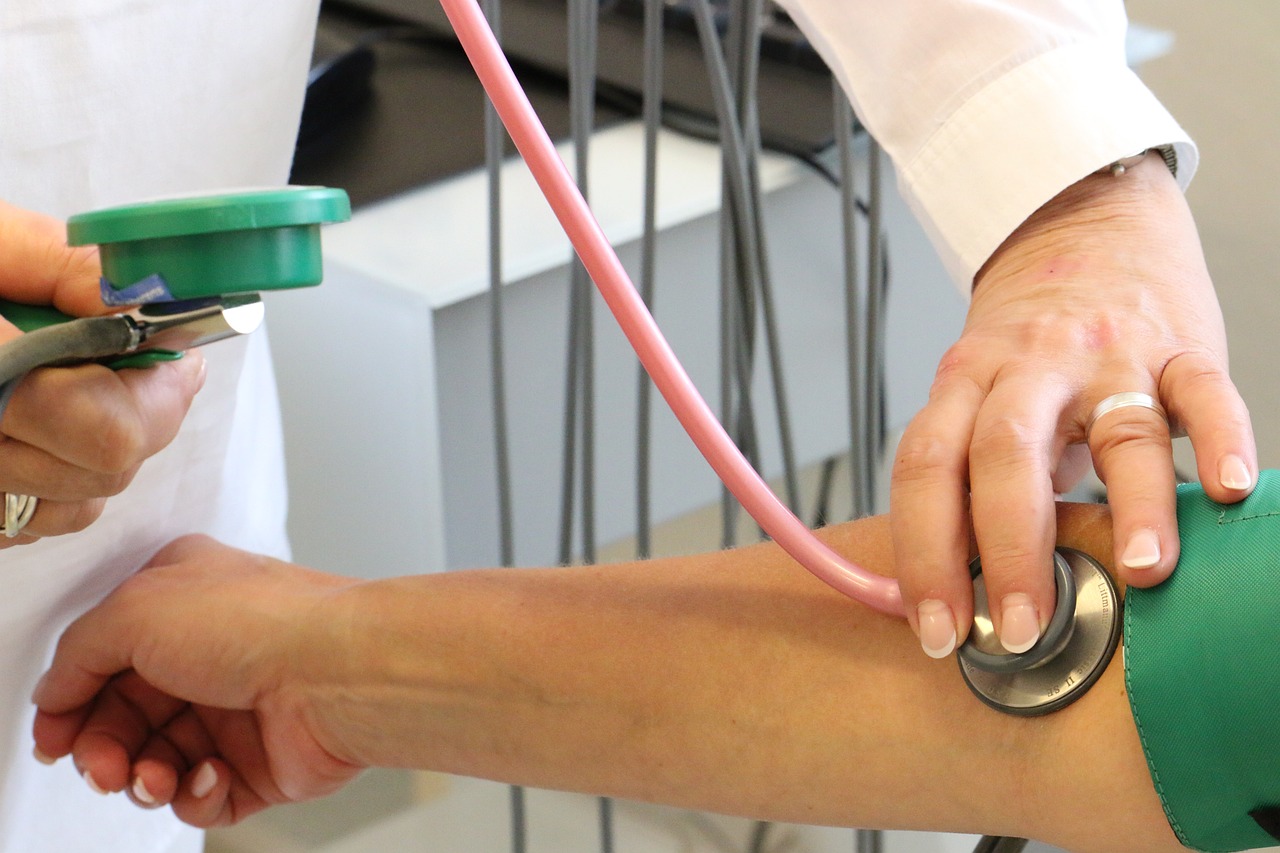Blood pressure is viewed as one of the highly essential cardiovascular health indicators, and it definitely changes with age. Knowing how blood pressure changes at various phases of life will definitely go a long way in keeping it under control and reduce its possible risk to health complications. This blog will let you know how blood pressure changes over age and some useful tips to manage it throughout your life.

Age-Related Changes in Blood Pressure
1. Childhood and Adolescence
The blood pressure is generally lower in childhood and adolescence than in adults, but it may be influenced by growth rate, activity level, and genetics.
– Normal Ranges: In children, the readings for blood pressure are checked against percentiles that depend on age, height, and sex—there are no fixed numbers.
– Risks: Overweight, lack of physical fitness in adolescence brings an increased risk of high blood pressure and later hypertension.
2. Young Adulthood (20s and 30s)
Blood pressure levels ultimately level off during young adulthood. For most, this falls within the normal range and can be influenced by lifestyle and genetic factors.
– Normal Ranges: The blood pressure usually remains near 120/80 mm Hg in a healthy individual. Readings consistently higher than these values could indicate incipient hypertension.
– Lifestyle Impact: Poor diet, high stress, and lack of exercise can drive up blood pressure; therefore, the earlier in one’s life someone makes heart-healthy habits a priority, the better.
3. Middle Age: 40s and 50s
Blood pressure normally increases at middle age. The increase in blood pressure at this age can be a result of cardiovascular changes or even change in lifestyle.
– Normal Ranges: The blood pressure readings can increase slowly to even 130/80 mm Hg or higher. Higher readings during this time can be a warning to bring out early signs of hypertension.
– Health Risks: Middle age is a time of far greater risk for cardiovascular diseases, such as heart attack and stroke, so blood pressure should be checked often.
4. Older Adults, 60+
Blood pressure does not drop in older adults; rather it keeps increasing. Part of this is because of the normal process of aging in blood vessels. They gradually become stiffer and less elastic.
• Normal Ranges: One sees blood pressures of 140/90 mm Hg or higher in most patient populations. That doesn’t make them normal. Older adults are more likely to have isolated systolic hypertension, where the systolic pressure is high but diastolic pressure is normal.
Health Management: Blood pressure management is important to avoid complications like heart diseases, kidney problems, and decline in mental abilities.
Tips to Keep Blood Pressure in Check at Various Stages of Life
1. At Childhood and Adolescence—
• Healthy Habits—Recommend fruits, vegetables, and whole grains as part of the diet, along with an active lifestyle and less sedentary time.
• Monitoring regularly: A visit to the pediatrician will track trends in blood pressures and pick up concerns of rising blood pressure early; hence, it becomes essential.
• Risk Factor Education: Educate children and adolescents about the need to live a healthy lifestyle for the future.
2. Young Adulthood
• Heart-Healthy Diet: Consider low-sodium and high-potassium food choices, and limit foods that have added salt and sugar-sweetened beverages.
– Exercise Often: Engage in at least 150 minutes per week of moderate aerobic activity along with some strength training exercises.
– Manage Stress: Schedule stress-reducing activities such as mindfulness, meditation, or even yoga.
3. Middle Age
– Check Blood Pressure Regularly: Checking regularly at this age is necessary to identify the first signs of rising blood pressure and bring about a change in your lifestyle.
Maintain a Healthy Weight: Maintain body weight through a balanced diet and regular exercise. Excess weight increases blood pressure.
Limit Alcohol—Stop Smoking: Cutting down on alcohol and stopping smoking will go a long way in keeping blood pressure at normal levels.
4. Older Adults
Follow Your Personal Plan: Work with your health care provider to create an individual blood pressure management plan that reflects your health condition and needs.
• Keep Active: Engage in some form of mild exercise like walking, swimming, or cycling. These exercises keep the cardiovascular system fit.
• Check and Medicate as Necessary: It is very important to follow up with the prescribed medication course along with monitoring for keeping your high blood pressure under control.
Conclusion
It will help you understand how blood pressure changes with age to adopt proper management techniques for good cardiovascular health throughout life. Starting from early good habits promotion to monitoring and treatment of hypertension, proactive care management can make a big difference in reducing the risk of developing complications resulting from hypertension. Now, keeping yourself in the know and working in tandem with your health-care professional may give you some strategies that turn out pretty effective in coping with such changes, helping you live a healthier and more vibrant life. Here’s to taking charge of your blood pressure at every stage of life!